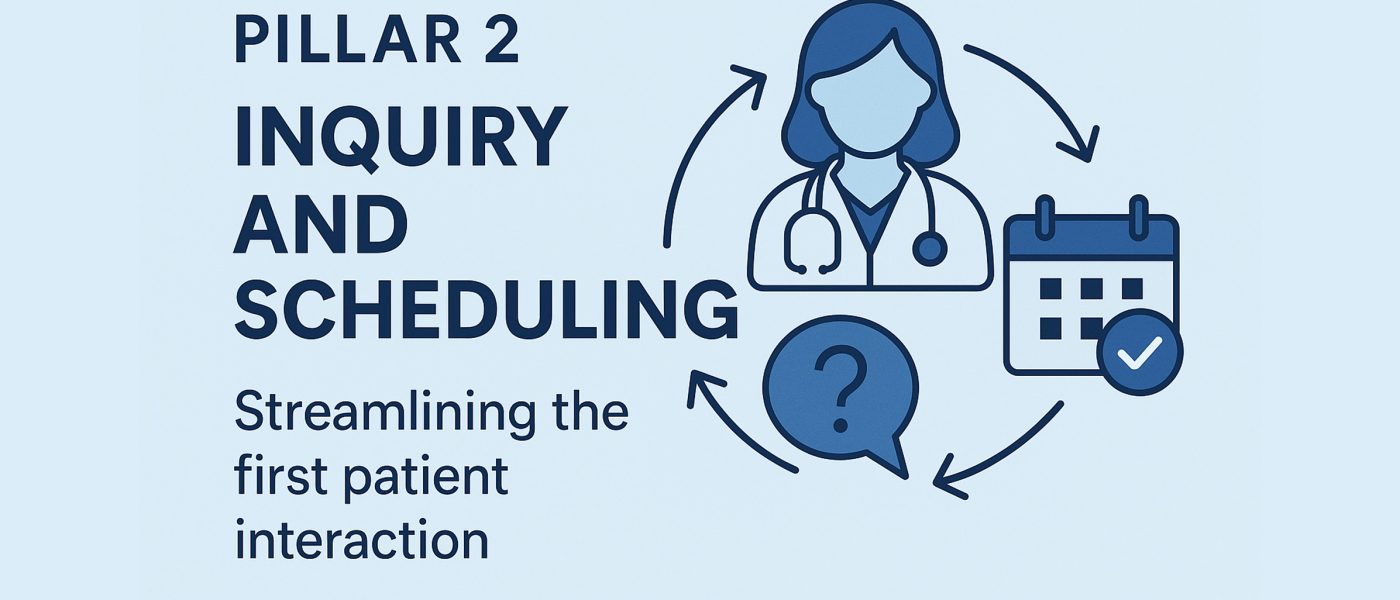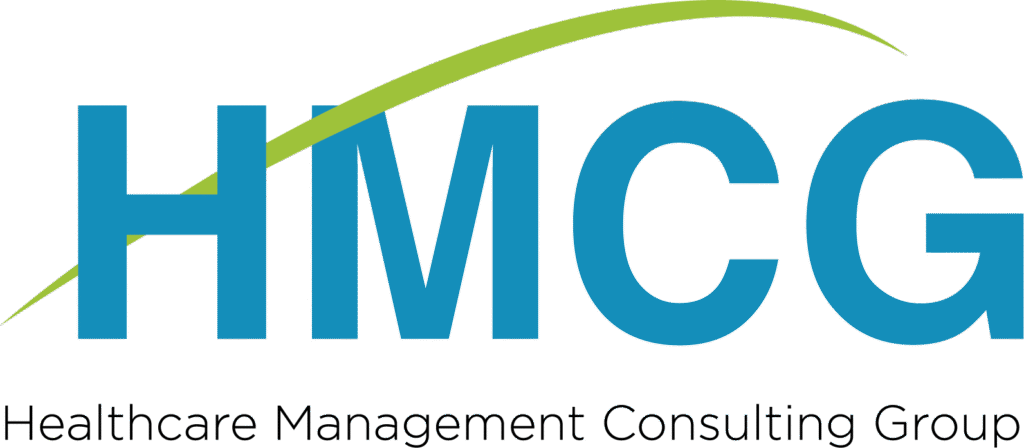Pillar 2: Inquiry and Scheduling – Streamlining the First Patient Interaction

The first patient interaction sets the tone for the entire care journey. This blog explores Pillar 2 of the patient experience—Inquiry and Scheduling—highlighting the importance of timely, professional responses and seamless scheduling processes. Learn how your practice can build trust, improve conversion rates, and deliver a more patient-centered experience by optimizing this crucial touchpoint.
In healthcare, first impressions matter more than ever. Long before a patient meets a provider, their journey begins with a question—a phone call, an online request, or a chat message. How your practice responds to that inquiry sets the tone for the entire experience.
Welcome to Pillar 2: Inquiry and Scheduling—the crucial stage where trust is either built or broken.
Why This Pillar Matters
A patient’s first interaction with your practice isn’t clinical—it’s administrative. Whether they’re reaching out to schedule a new appointment or simply asking if you accept their insurance, the professionalism, tone, and speed of your response heavily influence whether they choose to proceed. Delays, confusion, or unhelpful responses at this stage can result in lost patients, poor online reviews, and a reputation for disorganization.
Professional and Timely Responses: A Must
Patients expect the same responsiveness from healthcare practices that they get from top consumer brands. Here’s what sets high-performing practices apart:
- Quick turnaround on calls, messages, and online inquiries
- Friendly, empathetic communication that makes patients feel heard
- Accurate and clear information about services, availability, and policies
- Knowledgeable front-desk teams who serve as brand ambassadors
Timeliness isn’t just convenient—it’s a reflection of your commitment to care.
Simplifying Scheduling: From Burden to Breeze
Scheduling should never feel like a chore—for patients or staff. Streamlined scheduling processes do more than fill calendars; they remove friction and increase patient satisfaction. Best practices include:
- Offering multiple booking options: online portals, phone calls, or in-app scheduling
- Automated appointment reminders to reduce no-shows
- Efficient calendar management to avoid overbooking and long wait times
- Consistent scripting to ensure every patient receives the same level of care and clarity
When scheduling is easy, patients feel respected—and more likely to return.
It’s Not Just an Admin Task—It’s a Brand Experience
Every call answered, every appointment scheduled, and every email returned is a reflection of your brand. The Inquiry and Scheduling phase isn’t just about logistics—it’s your first opportunity to show patients they matter.
By investing in staff training, modern tools, and scripted workflows, practices can transform this early touchpoint from a missed opportunity into a competitive advantage.
Your Next Step: Audit your practice’s inquiry and scheduling process. How long does it take to respond? Are your staff following a consistent, patient-centered approach? This pillar is your chance to make the right first impression—every single time.
